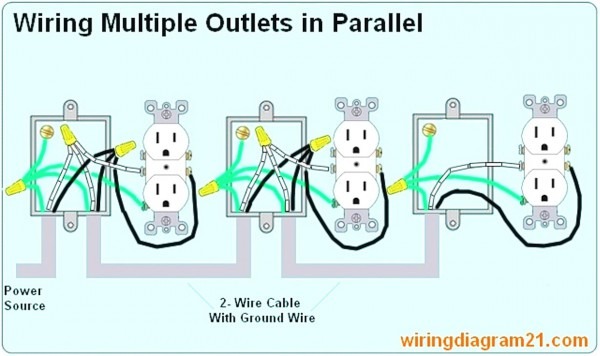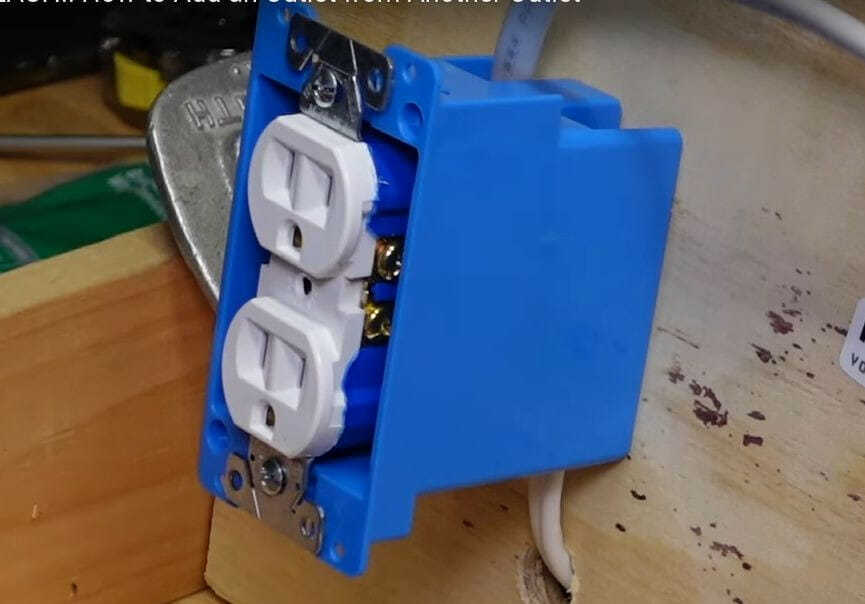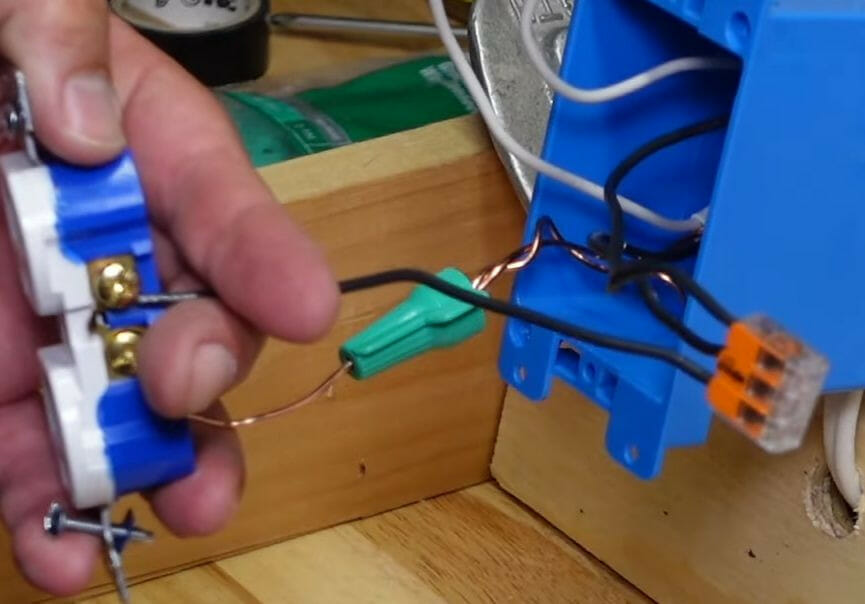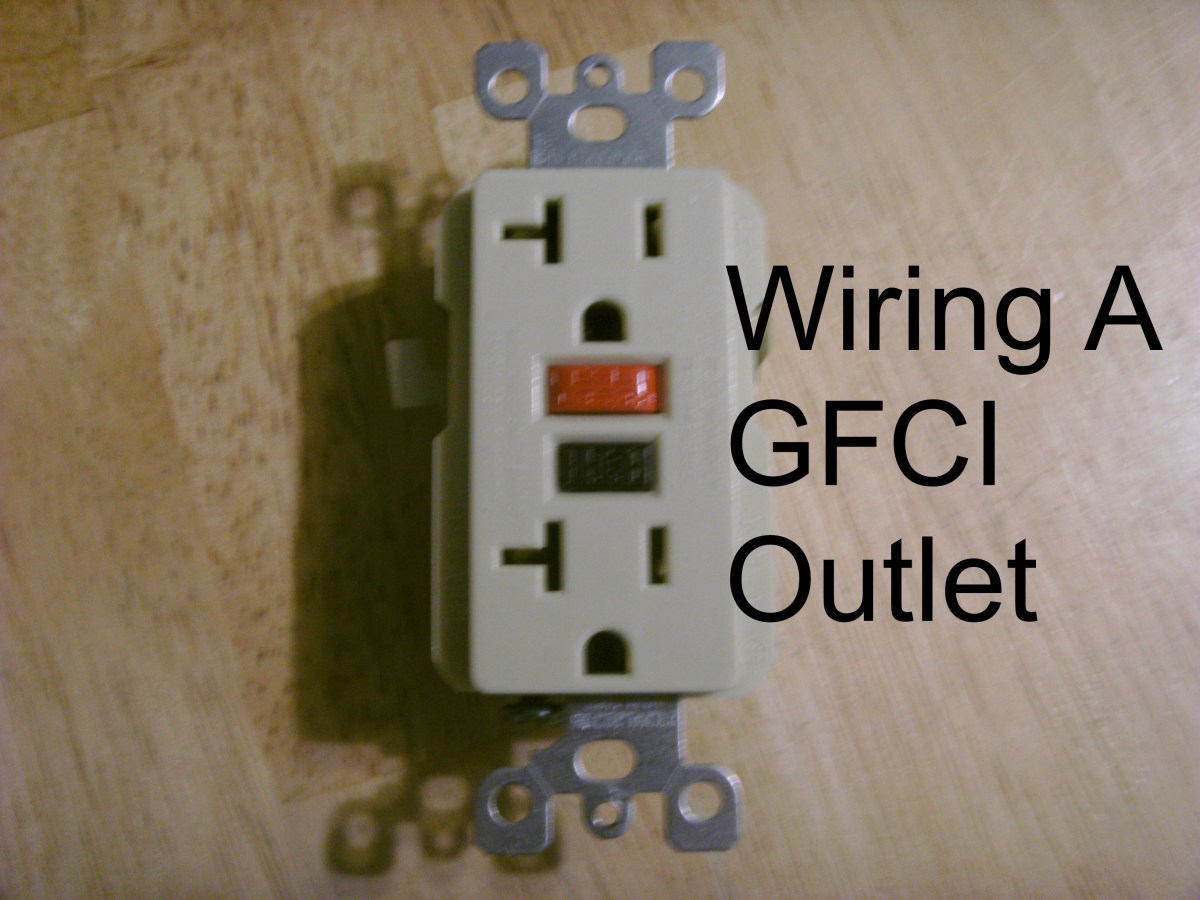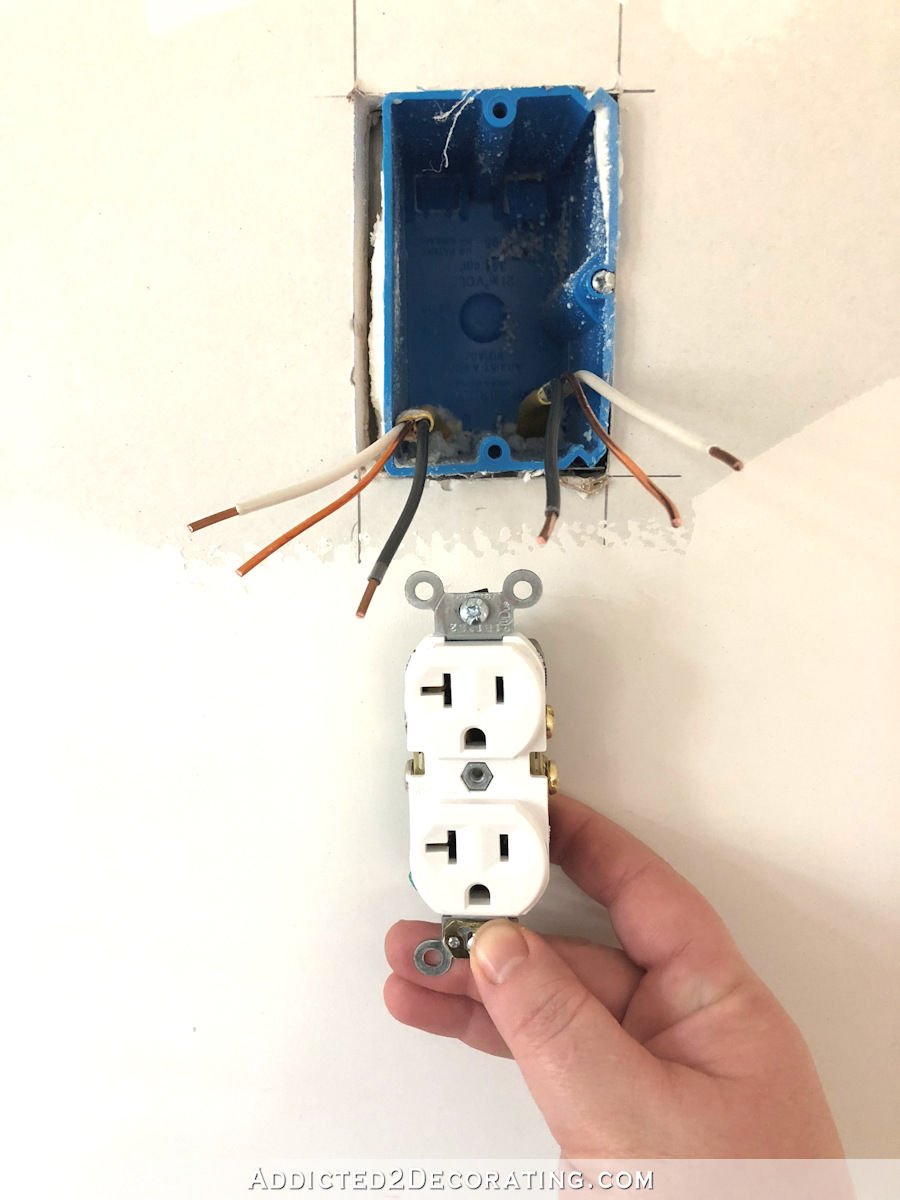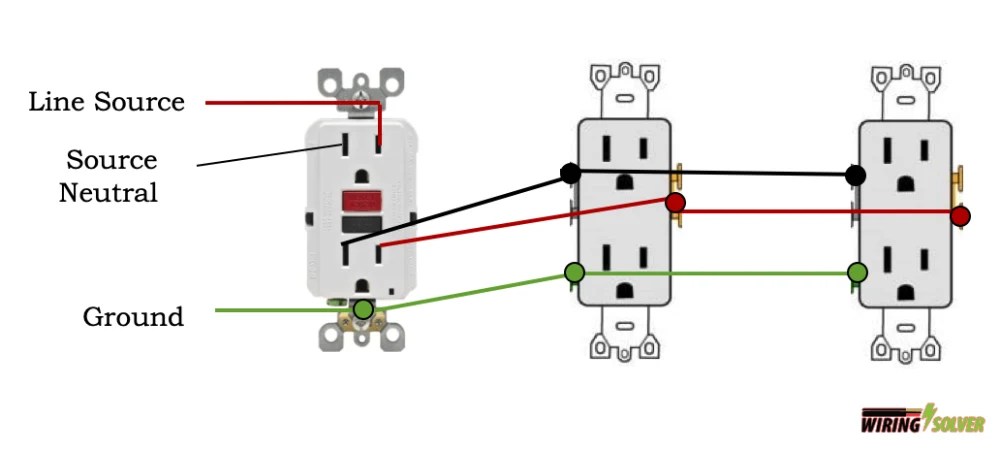How To Connect An Outlet To Another Outlet
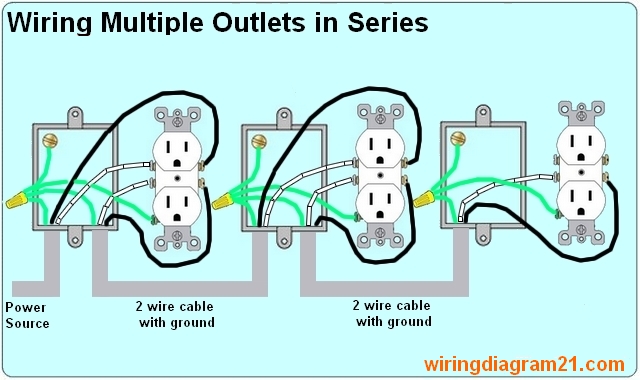
Connecting one electrical outlet to another, often referred to as "piggybacking" or "daisy-chaining," is a common practice, but it's crucial to understand the correct methods and safety precautions involved.
Improper wiring can lead to serious consequences, including electrical fires and shocks.
This article outlines the steps and considerations for safely connecting an outlet to another outlet, emphasizing adherence to electrical codes and prioritizing personal safety.
Understanding the Basics
Before attempting any electrical work, it's essential to understand the fundamental principles of electrical circuits. Every circuit requires a power source (hot wire), a neutral wire to complete the circuit, and a ground wire for safety.
Incorrect wiring can overload the circuit, leading to overheating and potential fire hazards. Always ensure you are working with the power turned off at the circuit breaker.
Consult with a qualified electrician if you have any doubts about your abilities or the safety of the wiring in your home.
Methods for Connecting Outlets
Pigtailing: A Safe and Recommended Method
Pigtailing involves connecting multiple wires to a single terminal using a short length of wire called a "pigtail." This is generally considered a safer method than connecting multiple wires directly to the outlet's terminals.
To perform pigtailing, you'll need wire strippers, wire connectors (such as wire nuts), and a short length of wire of the same gauge as the existing wiring.
First, turn off the power at the circuit breaker and verify it's off using a non-contact voltage tester.
Strip about ¾ inch of insulation from the ends of all the wires involved, including the pigtail wire. Twist the bare ends of the wires together tightly, ensuring a good mechanical connection.
Screw a wire connector onto the twisted wires, ensuring it's firmly seated and covers all the exposed wire. Connect the other end of the pigtail to the outlet terminal.
Using Jumper Wires: Connecting Multiple Outlets in a Series
Another method involves using jumper wires to connect multiple outlets in a series. This means that the wires run from the power source to the first outlet, then from the first outlet to the second, and so on.
This method is commonly used when extending a circuit to add more outlets along a wall. Each outlet in the series is connected to the previous one, allowing power to flow through the entire line.
Ensure that the wire gauge is sufficient to handle the total load of all the devices that will be plugged into the outlets on the circuit.
Safety Precautions
Safety is paramount when working with electricity. Always turn off the power at the circuit breaker before starting any electrical work.
Use a non-contact voltage tester to verify that the power is indeed off before touching any wires. Wear safety glasses to protect your eyes from debris.
Use insulated tools to minimize the risk of electric shock. Never work on electrical systems while standing in water or on a damp surface.
Understanding Circuit Load
It's crucial to understand the circuit's load capacity before adding outlets. Every circuit breaker is designed to handle a specific amount of current, measured in amperes (amps).
Exceeding the circuit's capacity can cause the breaker to trip or, in more serious cases, lead to overheating and fire. Calculate the total amperage of all the devices that will be plugged into the circuit to ensure it doesn't exceed the breaker's rating.
If you're unsure about the circuit's capacity or the amperage of your devices, consult with a qualified electrician.
When to Call a Professional
While it's possible to connect an outlet to another outlet yourself, there are situations where it's best to call a professional electrician. If you're not comfortable working with electricity, or if you're unsure about any aspect of the process, don't hesitate to seek professional help.
Electrical work can be dangerous, and it's always better to be safe than sorry. An electrician can ensure that the work is done correctly and safely, and they can also identify any potential problems with your electrical system.
According to the National Electrical Code (NEC), some electrical work requires permits and inspections. An electrician can help you navigate these requirements and ensure that your work complies with all applicable codes.
Conclusion
Connecting an outlet to another outlet requires careful planning, attention to detail, and a thorough understanding of electrical safety principles. While pigtailing and using jumper wires are common methods, it's essential to prioritize safety and adhere to electrical codes.
By following these guidelines and taking necessary precautions, you can safely extend your electrical circuits and add more outlets to your home.
When in doubt, always consult with a qualified electrician to ensure the work is done safely and correctly.

